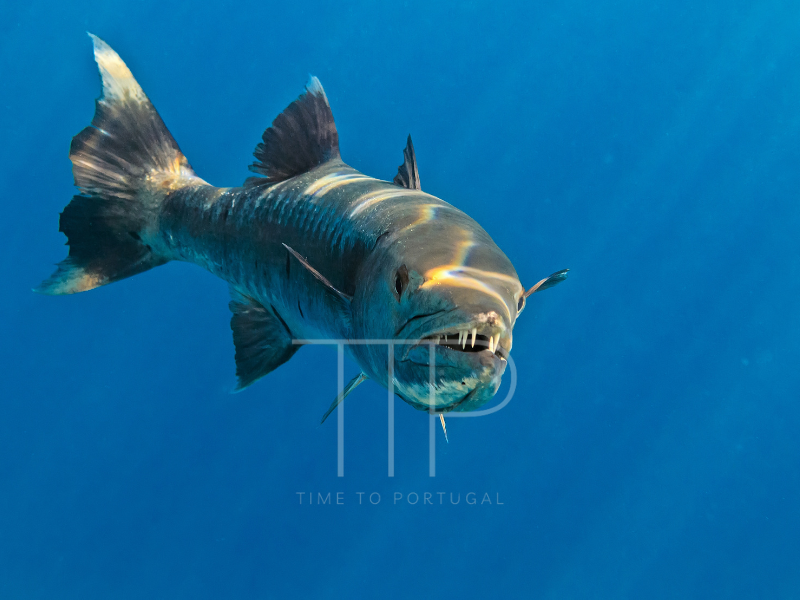Luís Rodrigues managed to catch the animal, which was over two meters long and weighed four and a half kilos, at a depth of nine meters.
A fisherman diving off the coast of Terceira Island in the Azores came across a giant barracuda, the first of its kind to be seen in those waters.
The case took place in August last year, although the discovery was only made public this month in a study presented in the Journal Fish Biology.
Luís Rodrigues managed to catch the animal, which was more than two meters long and weighed four and a half kilos, at a depth of nine meters, according to La Razón.
Even so, according to the researchers, the fish was not “fully developed”, so it could “measure even more”.
The giant barracuda is normally found in the Red Sea and the Indian Ocean, although it is also common in the tropical Atlantic and the Caribbean Sea.
With an average size of between 140 and 200 centimeters, the animal can be dangerous to humans, as they “mistakenly throw themselves at shiny objects or fish caught by harpoons”.


[…] Related article: Azores Islands: Fisherman catches giant barracuda in the Azores […]
Very nice
Azores, so beautiful